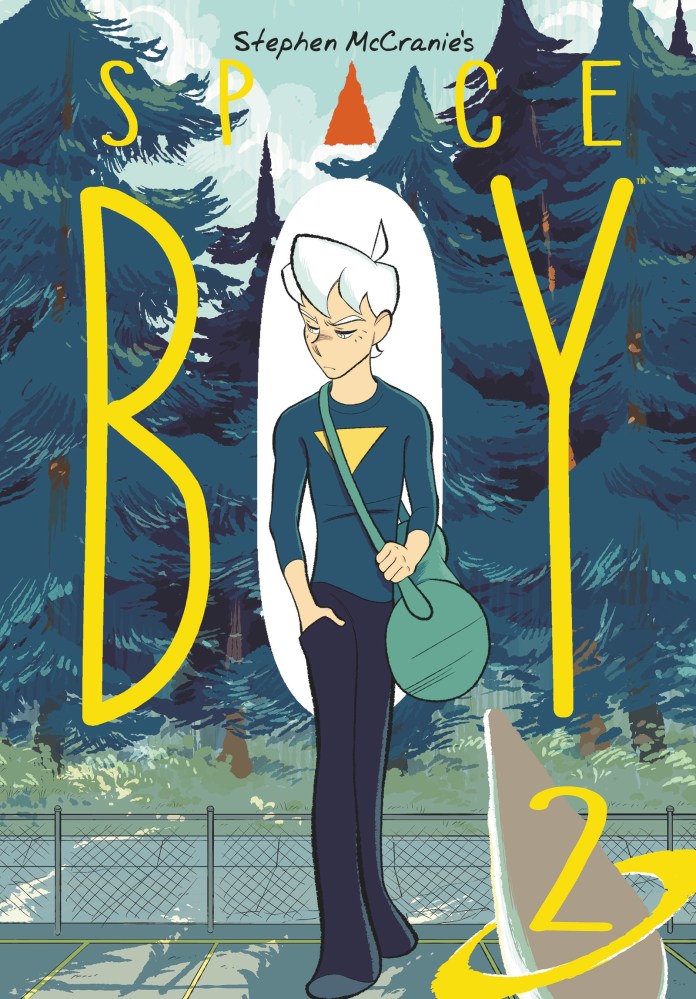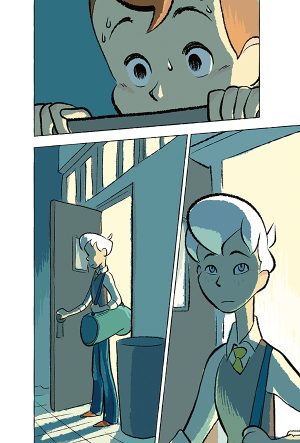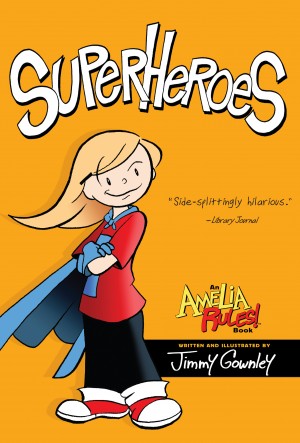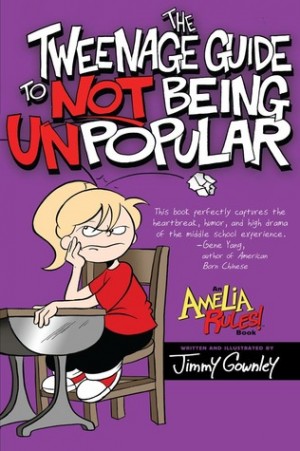Review by Ian Keogh
After a second volume of Space Boy two things have become apparent. Firstly Stephen McCranie’s storytelling is decompressed at the maximum setting. Anyone wanting him to pick up the pace isn’t going to see it happen, and if that’s a frustration in a story running over two hundred pages for $13 then perhaps the series isn’t for you. Or alternatively you’d be more suited to reading the series in Omnibus format, packaging three volumes together for greater progress. Likewise, the series may be titled Space Boy, and it’s the character who’ll probably turn out to be the Space Boy pictured on the cover, but for the time being the lead character is Amy, returned to Earth after thirty years in cryogenic stasis. She’s still a high school student, although as seen here, one with a lot to learn about how technology has moved on, while everyone she knew before is now considerably older and light years away.
Amy also has a condition that makes her associate a flavour with everyone she sees. In Space Boy 1 the slightly aloof white-haired student doesn’t prompt any association. That was strange enough to attract Amy’s attention, and she’s now actively investigating, which is how she discovers that there are occasions when a flavour is released, and it’s nothing like she’s ever previously experienced.
McCranie’s attractive character-based art takes Space Boy a long way, and the use of augmented visual technology for Amy and her friends makes for a neat effect. The pace of his stories ensures a lot of time spent drawing, even allowing for the simple, loose cartooning that’s strong on showing how people feel.
It’s important because while the mystery of the white haired boy is a sub-plot, the main thrust at this point is Amy adjusting to a completely new way of life among her peers on Earth. An example is her never having worn make-up as where she previously lived it was prohibitively expensive.
The sample art is from an unexpected connection between Amy and the boy she now learns is called Oliver, immediately followed by a scene where readers meet Oliver’s stepfather and learn what Amy doesn’t yet know. Both sequences stand out for being very different from the charming high school drama that otherwise plays out, one serving up some existential questions, the other quite sinister. The high school drama of missed connections is sweet, but too prolonged. Where it does score well is Amy’s appreciation of what to her schoolfriends is not miraculous. Coming from a completely different culture she sees the wonder.
While Amy’s personality charms, it’s not enough to carry the series through ordinary school scenes. Space Boy is at its best when Amy and Oliver are together. Both have worldviews differing from others at the school, and their own personalities are also contrasting, while the mysteries have a pull. By the end here they’ve become closer as we head to Space Boy 3. Alternatively, the opening three volumes are combined as Space Boy Omnibus 1.






